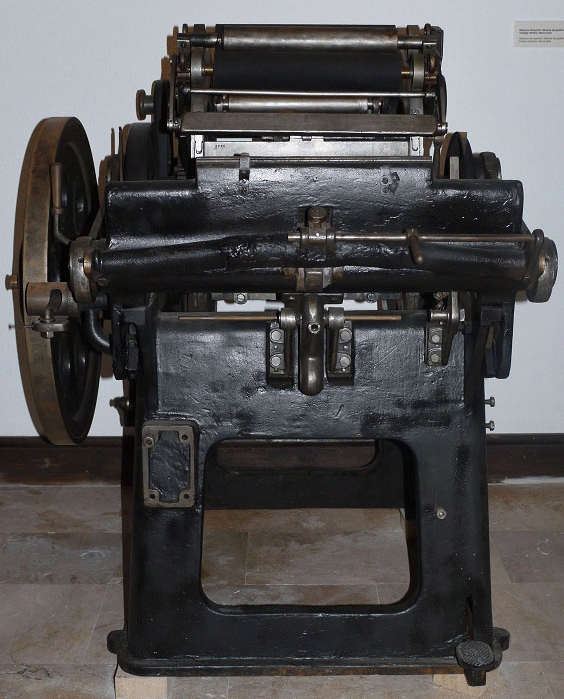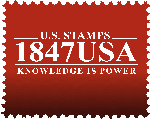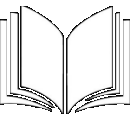
Taggant
A phosphorescent compound visible under ultraviolet light used to "tag" stamps for use by automated mail handling equipment.

Thin
Literally, a thinned area on the back of a stamp, most often due to careless removal of a used stamp from its cover or from removing a hinge from the back of a stamp.
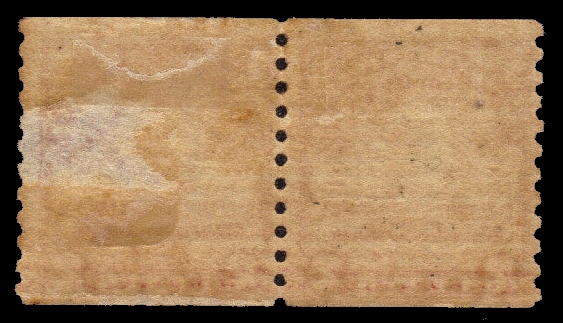
Third Bureau Issue
(The Washington-Franklins) - The third set of regular postage stamps issued by the Bureau of Engraving and Printing, sometimes known as the "Series of 1908".

Tied
A stamp and cover "tied" by a cancellation or postmark. The stamp is considered "tied" when the cancellation covers at least part of the stamp and extends beyond the stamp onto the cover without break.
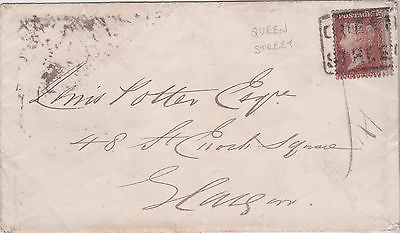
Toning (Foxing)
A discoloration of a stamp or cover from exposure to light, heat, or humidity.
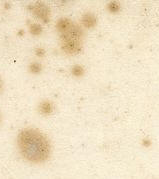
"TOP"
A marginal inscription placed on some bi-colored flat press stamps to reduce of the possibility of a sheet being inverted on its second pass through the press, and thus prevent the possibility of creating inverted stamps, as with the "Inverted Jenny" which in the case of the stamp shown also used the red, white and blue color scheme. Note that "TOP" is in red indicating the red frame of the design was printed first and that the blue vignette, printed second, shows some misregistration upwards and to the left.

Transportation Coils
An extensive series of definitive postage stamps, which began appearing in 1981. Many of these, such as the one at right, have plate numbers and some are highly collectible.
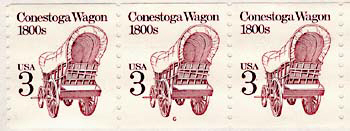
Trial Color Proof
A proof made from a die or plate in a test color. This was the final step in the determination of the stamps ultimate color. Often trial proofs were made in many colors for this purpose.
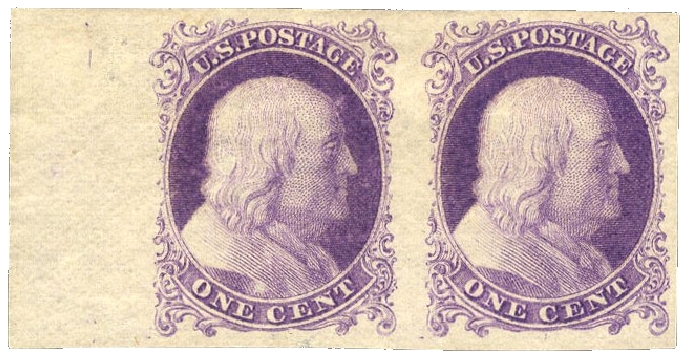
Trimmed perforations
A side of a stamp that is normally perforated, but with the perforations cut away, often to imitate an imperforate or coil stamp of higher value.
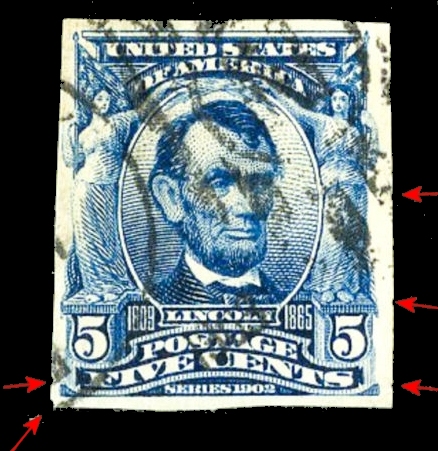
Typography
The art of designing type, laying out type, setting type, or many other skills that are in the type field. Philatelists have incorporated the term "typography" into their lexicon, perhaps incorrectly, and given it a new meaning, one synonymous with "relief printing". The correct usage would be "typographic printing" .
